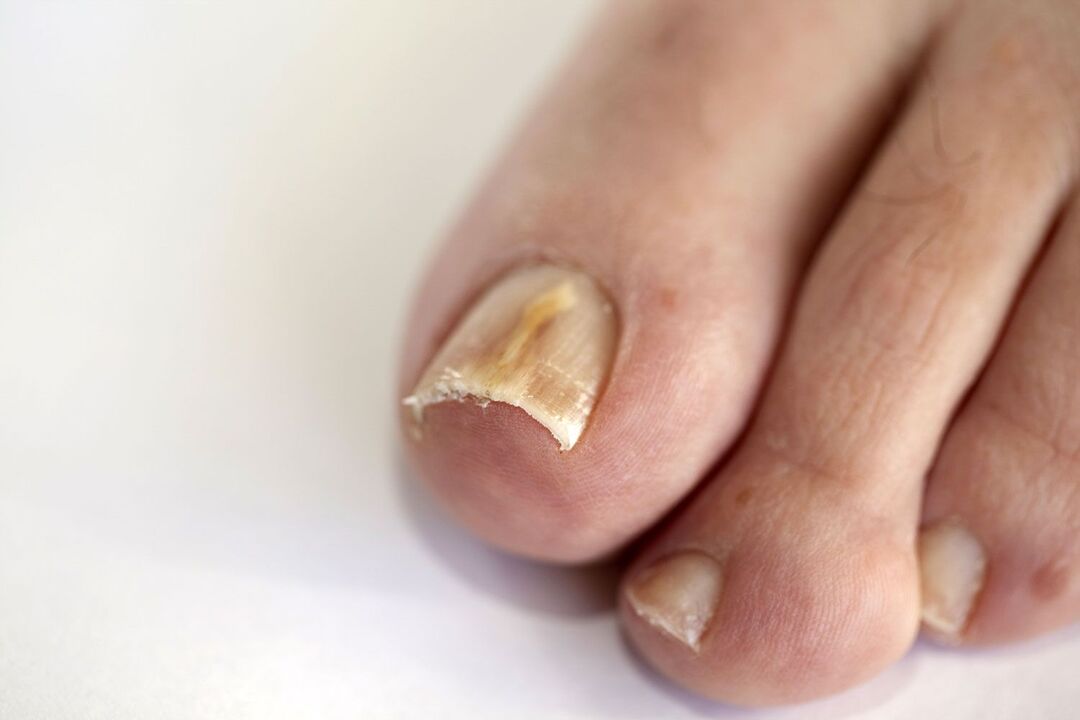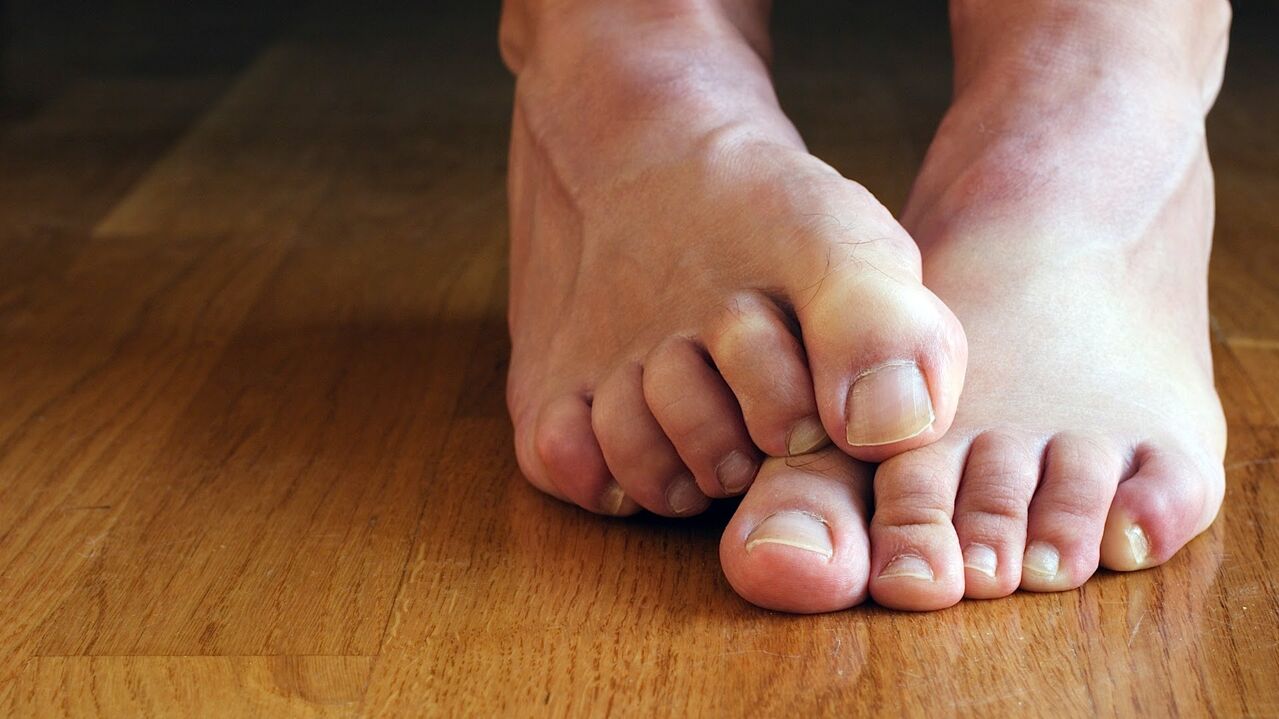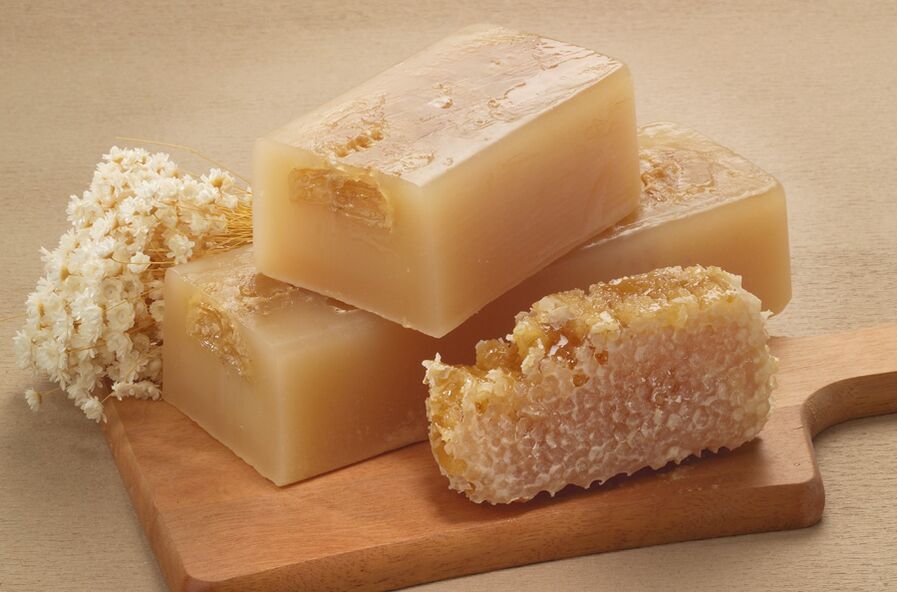If someone has mushrooms on their feet, the issue of treating them comes to the fore. Of the many forms of infection, the fungus that affects the foot is one of the most common. This is due to the pathogenic fungal microflora of the Trichophyton species, which can affect both the skin of the feet and the nail plates of the fingers in the event of increased sweating. The birthplace of the microorganism is Southeast Asia, where nature itself has created ideal conditions for its development: a hot and humid climate and a dense population. In recent years, it has spread to Europe and America as well. Currently, more than 20% of the world's population suffers from skin fungus.
Ways of infection

The most common way to infect fungal spores is through contact. Most often, this occurs between the living or working conditions of a sick and healthy person.
Common ways to spread fungus on the skin of the feet and nails include:
- general household articles in direct contact with the skin and nails (bedding, socks, shoes, pedicure accessories);
- public baths and showers - usually used by workers in dusty and dirty production (mines, factories) as well as by athletes, conscripts who often have to sweat;
- sunbeds, deck chairs and rugs on the beaches.

To prevent the fungus, personal hygiene rules must be strictly adhered to, avoiding situations where infection is possible.
The likelihood of infection increases with sweating of the feet, if it is not possible to wash off in time, change socks, shoes, and treat with antiseptics. Therefore, the outbreak of the disease most often occurs in the field, when favorable conditions for the growth of the fungus are created during the long transition from sweating of the feet.
In addition to sweaty feet, a weak immune condition also increases the risk of infection. Currently, due to the deteriorating state of the world environment and the spread of diseases such as diabetes, this factor is the number one cause of the spread of pathology.
Symptoms and diagnosis
Signs of foot fungus are widely known.
Among them:
- irritation, redness, severe itching and rash;
- detachment of scales from its surface;
- cracks, diaper rash in the interdigital region;
- nail deformity.

Such a pathology causes many problems in the legs and causes not only physical but also moral discomfort to the victims:
- the foot becomes inflamed and swollen;
- an unpleasant odor emanates from the affected skin, even if the feet do not sweat;
- nails change color, peel and crumble.
But the symptoms gradually reach this stage of development if you do not struggle with the disease. Therefore, at the first signs of a fungus, do not look for an effective cure for the fungus on your own, but consult a dermatologist - he or she must decide which antifungal agents to use to overcome the pathogen. as soon as possible. With the current state of the art in pharmacology and following the recommendations of experts, the foot fungus can be cured fairly quickly.
With such complaints, patients go through a diagnostic procedure first and foremost at the dermatologist's office. Clarification of the diagnosis is necessary as it depends directly on how the foot fungus should be treated.
The following methods are used to determine the type of fungal spores:
- Irradiation with a special lamp makes the area of the lesion particularly visual, as the skin at this point stands out from the general background under its rays and turns purple-red.
- Bacterial inoculation based on skin scraping allows samples to be propagated by placing them in culture medium for external monitoring and clarification of the type of pathogen causing the disease.
- To date, the PCR technique is the most advanced method to help make a diagnosis with almost one hundred percent confidence, as it is based on fungal DNA analysis.
After receiving the results of the research, after selecting the most effective antifungal drug, the doctor will prescribe certain drugs to the patient and determine the order of their use. Factors such as age, health status, and concomitant illnesses are taken into account to select the most effective drug for the fungus.
Pharmacological arsenal
However, choosing an extremely effective and inexpensive drug against fungus on the legs is not an easy task. It can be not only an external medicine, but also an oral preparation - if the external forms were helpless. And yet, usually treatment begins with them.
The main active ingredient in the drug is terbinafine - a proven drug against fungi on the feet that can quickly kill fungal spores. Both the cream and the ointment and the spray from the fungus should be applied directly to the skin of the foot, pre-washed and dried, while the ointment and cream should be lightly rubbed into the affected area. In people who have "caught" leg fungus, the skin often lends a rough-dense, thickened appearance, which is especially characteristic of the soles of the feet and heels. The antifungal agent cannot penetrate such a "shield", so before starting the treatment, the skin must be evaporated in a hot soapy solution to soften the stratum corneum and remove it with pumice and a special abrasive file.
In case of increased dryness of the epidermis, the base of the antifungal agent should be as oily as possible. Ointments used in this case meet this requirement. In the area of the interdigital zone where the skin is thinner and more sensitive, the fungal spray or suspension is effective.
Special therapeutic varnishes are also used to combat foot fungus or nails, which are applied to the nail plate.
Prior to application, work should be done: the unevenness should be polished, and the affected areas removed if possible to facilitate the penetration of drugs into the nail tissue.
Sometimes you will need the help of a surgeon who will completely remove the affected nail plate.
If we do not do this, even the most effective antifungal agent will not be able to have an adequate level of healing effect.
In the most severe and advanced cases, foot mycosis alone cannot be treated with external agents, as harmful waste products from the pathogens enter the bloodstream and start to poison the person from the inside. The doctor will then prescribe antifungal antibiotics for oral administration, which have a systemic inhibitory effect on the pathogenic microorganisms.
It is impossible to use such strong therapies against foot fungus without direct indication from a specialist, as the consequences of uncontrolled intake can be very serious. One is the development of immunity of fungal spores to these drugs and their ingredients.
Folk remedies

What helps you the most with foot fungus - pharmacy or folk pharmacy? Only a doctor can answer how to cure a foot fungus, but there will be no need to consult him or her about home remedies.
The most reliable ways to remove fungus on your feet have long been well known:
- Laundry soap from the fungus on the feet. In the case of fungi, foot baths with this component are useful, especially effective for excessive sweating of the foot. After grating 70% brown laundry soap without aromatic fragrance, add a tablespoon of shavings and mix with a tablespoon of baking soda. Pour the mixture into water heated to 40 degrees, soak your feet in a soapy solution for half an hour. While steaming, foam the skin between your fingers and rub through the foot with a brush to improve the penetration of the components of the solution into the upper layers of the epidermis. At the end of the procedure, which should be done every other day, wash your feet with clean water and apply external medicine as recommended by your doctor.
- Table vinegar is also a good folk remedy for foot fungus, especially nail shape. Handle your nails carefully, taking care not to injure them, as this will help deepen the infection. After pouring hot water into a bowl at a temperature of about 50 degrees, pour a glass of 9% vinegar in the same place. Dip your feet in a vinegar-water solution (enough liquid to completely cover it) for 10-15 minutes. Then dry your feet without rinsing and put on clean socks. Repeat this foot bath against the fungus 3-4 times a week.
- Another good cure for foot fungus is iodine. After washing the feet and treating the nails, an alcoholic iodine solution should be applied to the foci with a cotton ball. When using an iodine solution against foot fungus, care must be taken not to burn it, especially in the area between the toes.
- The propolis from the fungus is applied to the nails and surrounding skin after steaming in a hot soapy solution.

Herbal recipes against fungi on the skin:
- Euphorbia is an effective treatment for foot fungus. The juice of the plant should be applied to the sore nails with a cotton swab.
- Celandine from fungi - Table 3. spoon of grass pour 1 liter of water, bring to a boil, cool to an acceptable temperature (40-46 degrees) and soak in the foot solution.
- Burdock - to treat the foot fungus, wrap it in a well-beaten burdock leaf, put on clean socks and go to bed with such a compress.
- Tea tree oil from the fungus on the feet is only effective in the early stages of the disease.
Unfortunately, no cure has yet been found that can get rid of foot fungus with a single application. Therefore, when using pharmaceutical and folk medicines for mushrooms, be sure to consult a doctor and follow his recommendations. The best cure for foot fungus is prescribed by your doctor.

























